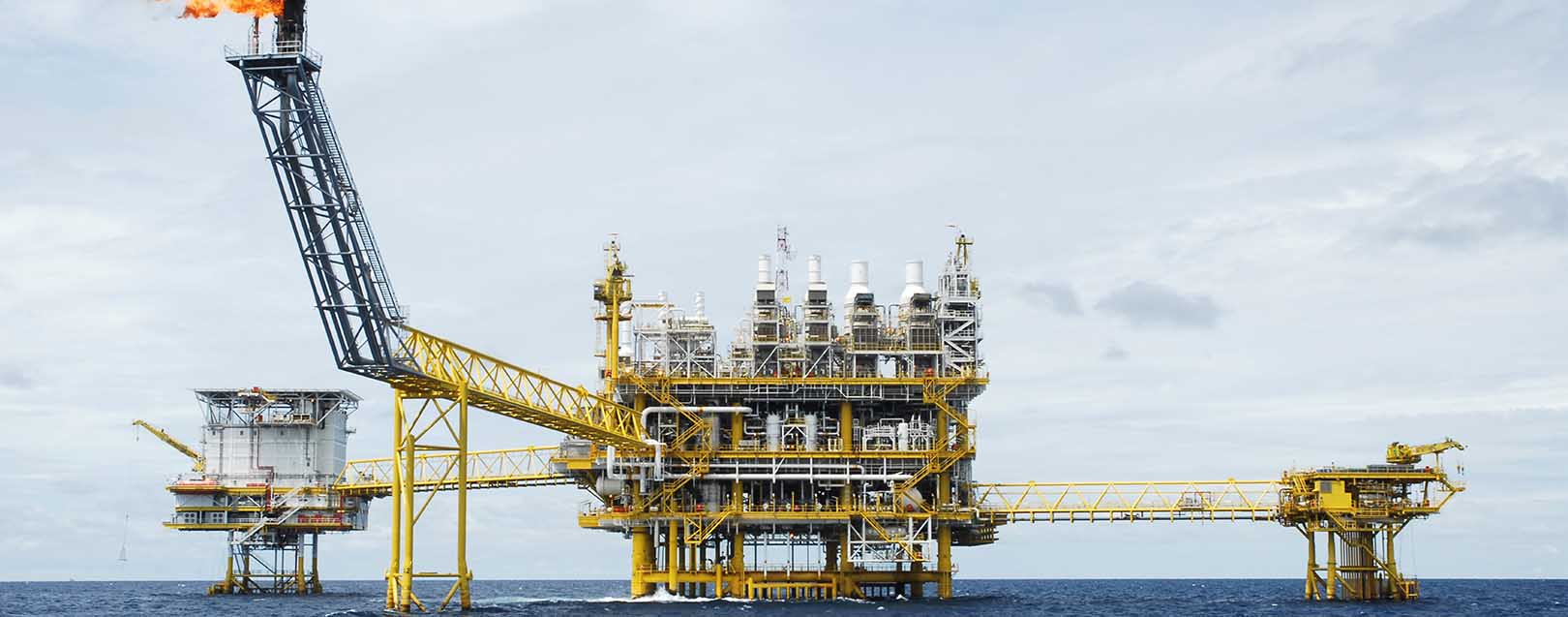
Countdown To 2016...
Steven Philip Warner, Editor-in-Chief | The Dollar Business
 Herfindahl Index of 3.9% to 4.1% proves that China’s “dominance” in the global exports market is more exaggerated than it is. Global trade is significantly competitive
Herfindahl Index of 3.9% to 4.1% proves that China’s “dominance” in the global exports market is more exaggerated than it is. Global trade is significantly competitiveAccept reluctantly if you will, but in terms of economies and foreign trade, chances are very high that since the clock last ticked to a new calendar, you would have rarely scrutinised another economy as closely and curiously than China’s. China is in a mess.
The interlinkage of economic activities in a world as such, means the fear of contagion is greater than ever before. Imagine this – out of 122 nations that have reported trade data until mid-2015, 113 registered a fall in quarterly average imports during 2015, as compared to the past three years (2012-2014). That’s 93% – an outcome of China’s exports to 85 of the 122 nations plunging. In 2015, nations that supplied machines and materials to build machines and materials in China have felt the biggest pinch. In the first half of 2015, out 122 nations, 108 reported a quarterly drop in exports (as compared to the twelve quarters leading to 2014) – one big reason for this being China’s close to 16% drop in imports.
But, 2015 was about more than just China being reluctant to feed fire in its factories. Bigger problems surfaced this year. Some observers call these problems blips on the radar, but blips that have the potential to tilt scales in the existing economic order.
This year has heard and seen events worse than China – those that are bound to have a lasting impact on the minds of the modern day foreign trade community. They will impact business in more ways than one in 2016 – for some, it will imply scouting for newer markets, for others, it will mean experimentations with altogether newer product categories. For governments however, the impact could mean longer planning, anywhere until 2020 and beyond.
It’s been a slippery road for crude this year. In fact, since 2014 began, Brent crude has plummeted by 60% to touch $44.61 a barrel (as on November 17, 2015). The commodity hasn’t looked one bit consoling in recent months. What the falling price of oil has ensured is that it has made living unsustainable for some once oil-rich nations. We are referring to Middle East and North Africa in this context. IMF Regional Economic Outlook for the Middle East and Central Asia report released in October 2015 has warning signs. As per the report, some of the biggest names in OPEC will be left staring at trade and financial disorder if oil prices don’t climb. Reason: the current price level of crude oil is much below break-even levels for countries like Kuwait, Qatar, Iran, UAE, Iraq, Bahrain and Saudi Arabia. In fact, OPEC’s largest member, Saudi Arabia is one that could end up exhausting its current reserves of $700 billion by 2020 if oil doesn’t bounce back over the $80 a barrel mark soon. Agreed, some of the nations in this list are better positioned to sustain below marginal cost production of oil, but political instability in many parts being a surprise biscuit with the morning tea and exploration costs rising and oil prices further falling due to weaker than ever global manufacturing activity, may render them bankrupt too. As such, IMF’s urgent recommendations for oil dependent nations are: export diversity, diversification into other businesses, and development of financial institutions. The 12 member OPEC group is currently an endangered species that accounts for over 4% of world imports and 7% of world exports. If oil slips below $40 a barrel mark, trouble for them will come sooner than imagined.
Distress in oil-dependent economies in the Middle-East will also hurt India given that it currently receives the highest amount in annual inward remittances (money sent back home by Indian workers) in the world (no.2 being China). In 2014, India received a total of Rs.4,45,535 crores ($70.39 billion) in remittances (equivalent to almost 22% of India’s total merchandise exports recorded that year). Oil-dependent nations Middle-East nations like Saudi Arabia, UAE, Bahrain and Qatar account for 46.60% of total inward remittances. Lack of economic activity in these nations leading to job cuts could therefore mean both a fall in remittances to India and a rise in India’s unemployment rates due to consequent repatriation.
From crude to other commodities. (Non-oil) commodities haven’t had it this bad in the past many years. Copper is currently trading at the lowest in six years. Aluminium too is down to a six year low (a seven year low in China!). Zinc has plummeted to its weakest in about three years. Nickel just about made it above the six year low it saw a quarter back. Sugar only recently rebounded from a five year low it experienced in July… where there is anything in the shape or form of “a commodity”, it is bad news. One problem is that China’s not gorging anymore. The bigger problem is – even the world other than China (193 nations with $67.5 trillion in combined GDP) seem to have lost appetite in recent months.
Let’s talk about the two largest commodity exporters. In last GFC, if there was one economy that was least affected, it was Australia. This time, the story is different. Over 88% of Australia’s exports to the world are commodities (95% in the case of China). The kangaroo has bet too long on natural resources – iron, copper, zinc, cotton...everything. Exploiting natural resources ruthlessly teaches one little innovation.
Along with many other emerging-market economies that bet heavily on natural resources, Brazil currently finds itself in a tough spot. Commodity prices falling and the dollar strengthening are making its life – from stock markets to government offices – miserable. With 90% of its spending being “social” (pensions, health and education), Brazil dedicated absolutely minimal time to factories and innovation. Result: It’s no longer a BRICS star. At present, a tonne of steel (rebar) is cheaper than cabbage in India, Thailand or China. Bad news for Brazil.
Besides these exporters of ore, others like Chile, South Africa, Peru, Canada, Mexico, Ukraine, etc., are also living a nightmare. They sense failure in the very craft they’ve mastered for decades – mining.
Conflicts. 2015, more than any other year in this century has seen the count and magnitude of conflicts being taken to an altogether new level. The war in Ukraine that saw over 7500 dead, the Syrian Civil War that has rendered almost 50% of the country’s population homeless and where sounds of Russian-French jets pounding ISIS camps can be heard across vast areas, the recent act of terrorism in Thailand and Paris, the bombing of Russian carrier Metrojet 9268 in Egypt… these are news that make political or social sense. But mind you, such foreign policy issues have a far reaching impact on global trade and on the economies involved in the incidences. And there are other unresolved conflicts that continue to throttle peaceful trade. The Sunni-Shi’ite face-off in Iraq, the ongoing civil war in Yemen, bombings and government attacks in Nigeria, killings on the Sudan-South Sudan border, war in the Gaza Strip, al Shabab militants disturbing peace in Somalia, civil war in Uganda, new potential civil war in Libya – all these make a globalized world less safer – for life, for business.
Do these factors – crude, commodity & conflicts – add up to the China problem? Except conflict, you could say that the fall in prices of crude and commodities are in a way related to China. Only in a way.
The prime reason for oil prices plunging is not China. The country only consumes about 10% of the world’s oil. Actually, US is the largest consumer of oil (more than 11%). Reason for oil hitting record lows was oversupply and obstinacy on the part of producers that added to oversupply. Since 2010, production of oil in US has increased 100% and all oil supplying countries it sourced oil from until the turn of the decade were forced to divert their produce to other emerging economies. So Saudi Arabia, Venezuela, Nigeria, Algeria, etc., were forced to find another home. This led to oil from the Middle East, South America, North America, Russia, Africa...actually everywhere, competing to sell oil across Asian markets. Result – higher supply led to falling prices. And China is singled-out without much thought!
Why should China be blamed for lack of consumer spending across markets like US, EU and UK (which have forced their governments to avoid raising rates)? Is it completely China’s fault that nations like Greece, Zambia, Venezuela, Peru, and Guatemala are in financial and political trouble? There are a host of nations whose economies have already begun shrinking – Japan, Canada, Brazil, Russia, etc. – should we blame the Chinese government? Why should China take responsibility for unsubstantial wage-growth since the last meltdown across markets like US, EU, Australia and UK (wage growth in US averaged 6.99% from 1960 until 2007, while between 2009 and today, it’s just under 2.5%)? Why should China be called names for the fact that Canada and Russia continued to depend on oil, Brazil continued to spend government funds for social reasons and Australia imagined mining to be a glorified strategy to keeping an economy and its currency fortified from external economic terrors? Why should China be accused for the overdependence of other trading nations on its low-cost competence?
For those who believe that China is at fault for bringing world economic order to chaos by forcing concentration of exports around itself, here is any eye opener. TDB Intelligence Unit used the Herfindahl Index to measure the level of concentration of the global market to judge China’s monopoly (using export data of 228 countries during the three-years leading to 2014). The concentration figure arrived at ranged between 3.9% to 4.2% – far below the threshold level of 25% (that denotes any nation’s monopoly in global trade). The exports market, unlike what many feel – for whatever reason – is significantly competitive.
There are problems beyond just China that we need to focus on. If oil, commodities and conflicts continue to plague nations, if nations don’t work on newer sectors to generate employment, if wages don’t rise faster, and if wars continue to kill efficiency and demand, there will be larger implications for nations in 2016 and 2017. History is addicted to a six-seven year-long cycle of boom and bust. Last time, it was 2009. 2016 is approaching fast. It’s time the world leaders infuse flexibility into WTO norms, bet big on incentives and have exports and imports do the talking. The world doesn’t need a hard landing each time. Inflation may become a worry. But it is less a problem than seven years of pain. And if consumption and industrial activity can be revived, what harm will it do to mankind? Economies like India, Thailand, Indonesia, Philippines, Nigeria, Turkey, Vietnam, and a few others will get their due. But First World financial institutions need to do more than just devise bailout packages. There’s no alternative to energising consumer and industrial consumption. Anything else will mean a bubble, like the housing market in Australia at present.
The world knows China as much as China knows the world. And the world worries about China much more than China worries about itself!
It’s not crisis time yet. Let’s not make it one.
December 01, 2015 | 6:09pm IST






 to success.
to success.